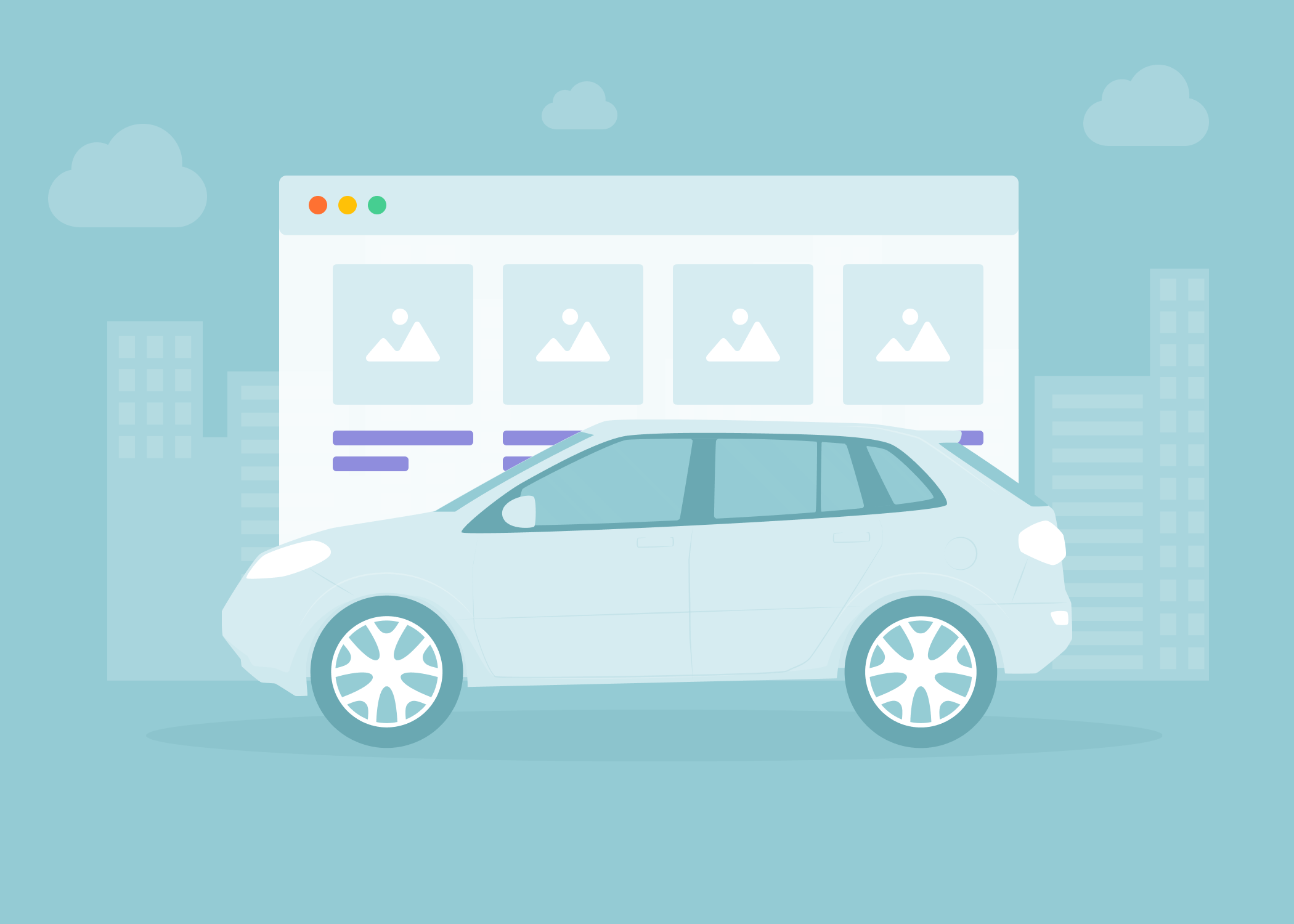Selling auto parts online can be highly profitable, but requires a robust platform to maximize earnings. A scalable, future-proof solution should be capable of meeting demand without disrupting operations or slowing sales growth.
Registration and login features enable customers to customize their experience, speed up the checkout process, and keep track of past orders. Furthermore, transparency about uptime increases customer trust in a website.
What Is An Auto Parts eCommerce Store?
Selling auto parts online has never been simpler or more profitable than it is now. As more consumers turn to shopping online for their needs, this trend has taken hold within the automotive industry as well. No matter if you’re an enthusiast looking to provide vintage or current parts or a dealer expanding into digital sales channels – now is an excellent time to create an online auto parts store!
To increase your chance of success, start by setting goals. Determine how much revenue you intend to generate on each platform; how many orders will be handled each month, and at what rate they anticipate growing. All these elements will affect how your site should be designed as well as what tools it requires.
Once your goals have been established, select an eCommerce solution that can meet them while growing along with sales. Search for solutions with industry-specific integrations as well as out-of-the-box features and functions; as well as dedicated customer support that can quickly address any issues and assist with customer care promptly and efficiently. Also, ensure your platform offers responsive mobile design for a seamless customer experience regardless of the device used for browsing; additionally, the ideal auto parts eCommerce platform should provide tools that enable customers to compare products before purchase decisions are made.
Key Benefits Of Developing Best Ecommerce Platform For Auto Parts
Since the auto parts market continues to expand rapidly, business owners need an effective platform on which to manage their inventory. A solution capable of complex catalog management and high-performance website delivery should be chosen as soon as possible.
An effective automotive e-commerce solution should include features like YMM lookup, VIN lookup, and dropship integration to improve customer experience and provide more options for purchasing. In addition, a good solution should provide shipping cost calculators and product visualizers so customers can see exactly what the part looks like on their vehicle before making purchasing decisions.
Finally, any platform must be flexible enough to adapt to future growth. The best automotive e-commerce solutions should provide for seamless expansion while serving as a strong base to help businesses expand.
An effective automotive e-commerce solution should include an array of marketing tools for brand promotion and sales growth, such as email marketing, social media, SEO, and customer feedback collection to reach new and potential customers. Customers should also be encouraged to leave feedback about products and services to enhance the brand image as well as build trust between themselves and the business, ultimately improving user experience and user loyalty. It is also crucial that clear return policies be set and followed strictly to prevent complaints from returning shoppers.
Advantages Of Automotive E-commerce Solutions
Successful auto parts e-commerce businesses depend on B2B portals that provide accurate inventory information, fitment data, and an unparalleled purchasing experience for customers. Furthermore, an automotive eCommerce solution should be mobile optimized so it meets customers’ needs regardless of time or place – supporting multiple languages and currencies as part of its offering.
Auto parts e-commerce websites can help dealers build brand loyalty by providing an outstanding shopping experience online. A professional-looking storefront should feature high-quality product images and an ergonomic layout; consumers are more likely to trust such sites when providing personal data such as credit card details.
E-commerce websites should offer customers an efficient checkout process to reduce cart abandonment rates and increase customer satisfaction. Shipping options should also be presented before finalizing purchases for heavy or oversized products to show whether their dealer will cover these costs or pass them on to customers.
Dealers should consider whether to keep their inventory or partner with third-party vendors. An online storefront requires an initial investment but can increase brand awareness and create memorable customer experiences. As an alternative, dealers could consider hybrid operations that combine digital retailing with physical retail operations – this hybrid model allows them to serve customers while decreasing stock held on hand.
Cost Of Developing An Auto Parts eCommerce Store
No matter how large or small, online sales can help expand your business or offerings and reach new customer groups. But you must choose an ideal parts eCommerce solution, one that streamlines business processes while eliminating manual labor where possible, is user-friendly, and offers support for various features.
A great parts eCommerce platform should offer professional-quality images, reliable website uptime, and transparent pricing. Furthermore, it should be flexible enough to allow you to start small and scale up as your parts business expands, compatible with various payment gateways and shipping methods and offering customization features such as responsive designs and promotional tools.
Finding out how much an Auto Parts eCommerce store will cost is best accomplished through discussion with potential customers and inquiries, comparing e-commerce solutions from different vendors, and reviewing track records and customer testimonials from each platform you consider. When making your selection, look for platforms with solid reputations, friendly staff members, demo software demos, and lists of satisfied customers; avoid those making unreasonably high claims or expecting you to pay for extra features; avoid sites that require upfront payments for features you might never use; also be wary of hidden fees like setup charges, processing charges integration charges as these can quickly add up.

